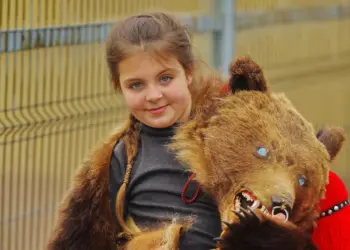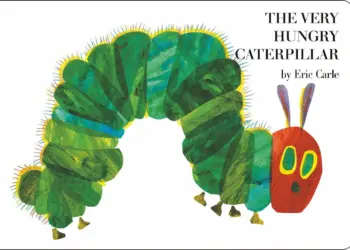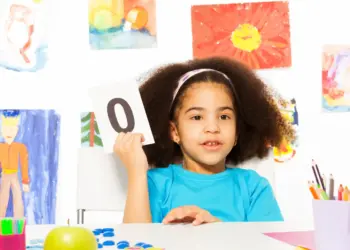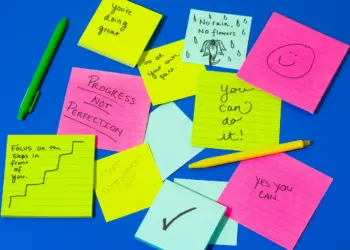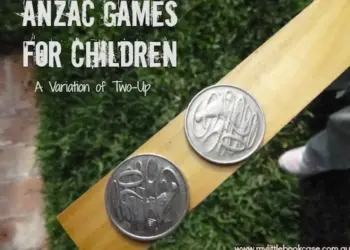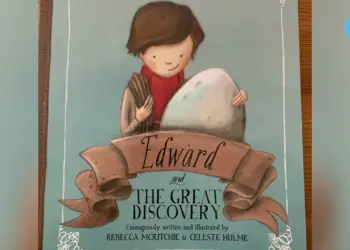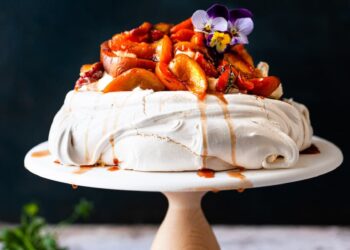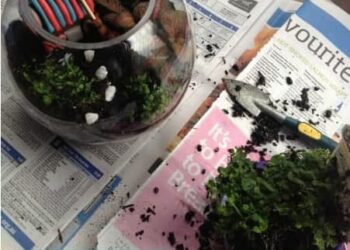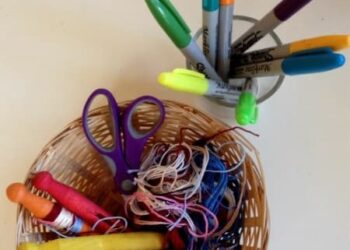I don’t think it’s ever too early to help your child develop character empathy. It may sound like a complex skill, but it’s just about trying to understand and connect with a character. It is so easily achieved too. Creating opportunities for your child to complete the same task or activity as a character means they instantly develop a common interest with the character.
Using a range of painting and printing techniques, your child can easily make their wrapping paper. It is also great for your child’s creativity, fine motor skills, and exploration of shapes, patterns, and colors. This activity provides some tips to help you create four different patterns on your very own wrapping paper. It ties in perfectly with The Christmas Giant, who also makes wrapping paper every year for Santa.
Mums, dads, and grandparents will love receiving presents wrapped up in this special homemade wrapping paper. It is something you can create every year to record just how much your children have grown.
Our background story:
My daughter has begun walking, just in time for Christmas. I thought it would be a lovely idea to capture her first steps as footprints on some Christmas wrapping paper.
When I came across The Christmas Giant, I knew it was the perfect book to read together before we started making our Christmas paper.
Making Christmas paper is one of those activities that is achievable and fun for children of all ages, even babies. I took the opportunity to invite my 9-month-old nephew to join my daughter in the festive craft activity.
It was so much fun (and incredibly messy!). I think we might have just created a new Christmas tradition in our family!
The Book:
I fell in love with this book simply by reading the blurb. When I received my beautiful copy with a gorgeous embossed front cover and heart-warming storyline, I knew I was right to prematurely adore this book. Read more about The Christmas Giant at Kids’ Book Review.
This book is just perfect to read to your child before you make your wrapping paper. We regularly read stories and watch movies about elves who make gifts for children all over the world, But this story is about a giant and an elf whose special job each year is to make the wrapping paper for Santa’s gifts. When the town’s Christmas tree goes missing, they make good use of their wrapping paper to make a beautiful, new tree.
Christmas Giant
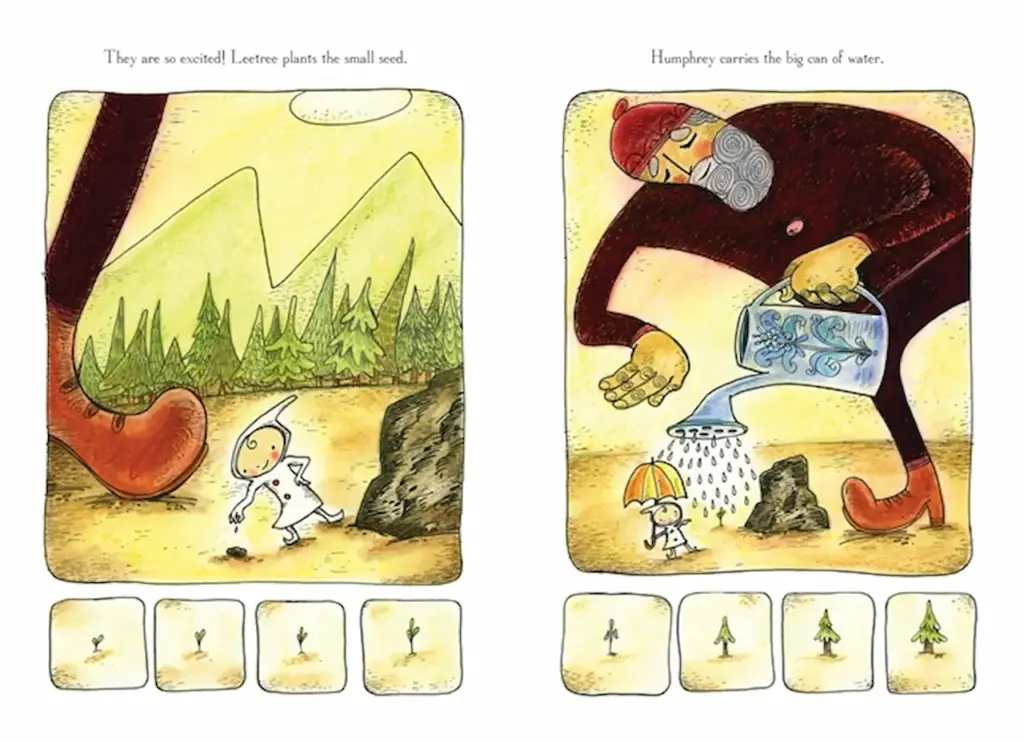
Author/Illustrator: Steve Light
Imprint: Candlewick Press/Walker Books, September 1, 2010
ISBN: 9780763646929
Format: Hardback
Age suitability: 2-5
RRP: $27.95
This book is available at Enchanted by Books.
Some items you may need:
Roll of craft paper (we get ours from Ikea), Water-based paints, Plates, Sponges, Ribbon, Paint roller, Medium/ Heavy Stock Card, Stamps, Potatoes
Tip: Pressing stamps onto paint-covered sponges creates a more even coverage of paint ( rather than pressing stamps directly into a plate of paint)
Our approach:
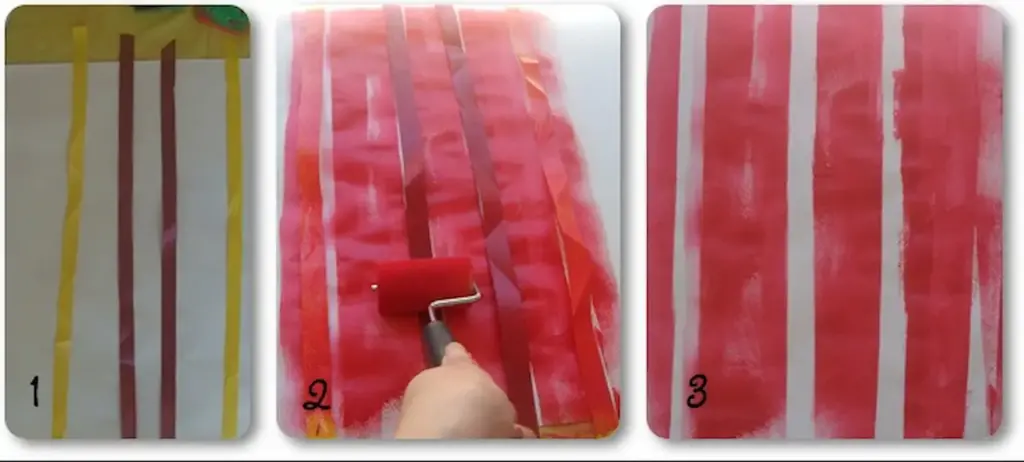
A) Lined wrapping paper:
1. Cut lengths of ribbon, and attach them temporarily (eg. blue-tack) to the paper- equal widths apart
2. Use a paint roller to roll over the area of paper and ribbon with your desired color
3. Remove the ribbon and blue tack to reveal lines in the paintwork
B) White shapes on a colored background (cut-out shapes):
1. Using medium/heavy card stock, draw and cut out desired Christmas shapes (eg. stars and Christmas trees), and attach them temporarily to the paper
2. Use a paint roller to roll over the area of the paper and shapes with your desired color
3. Remove the card stock and blue tack to reveal shapes in the paintwork
C) Coloured shapes on a white background (stamp shapes):
If you are not using store-bought stamps, you will need to make your own stamps. Check out Irresistible Ideas for Play-based Learning for instructions to make DIY stamps using plasticine and bottle lids, or make your potato stamper. Potato stampers are the perfect shape for little hands to hold:
1. Cut your potato in half
2. Draw a shape on the flesh of the potato with a permanent marker
3. Using a knife, carefully cut away the excess potato that does not form part of the shape (this is a job for an adult)
4. Push the stamps into the paint-covered sponges, then press the stamps onto the paper
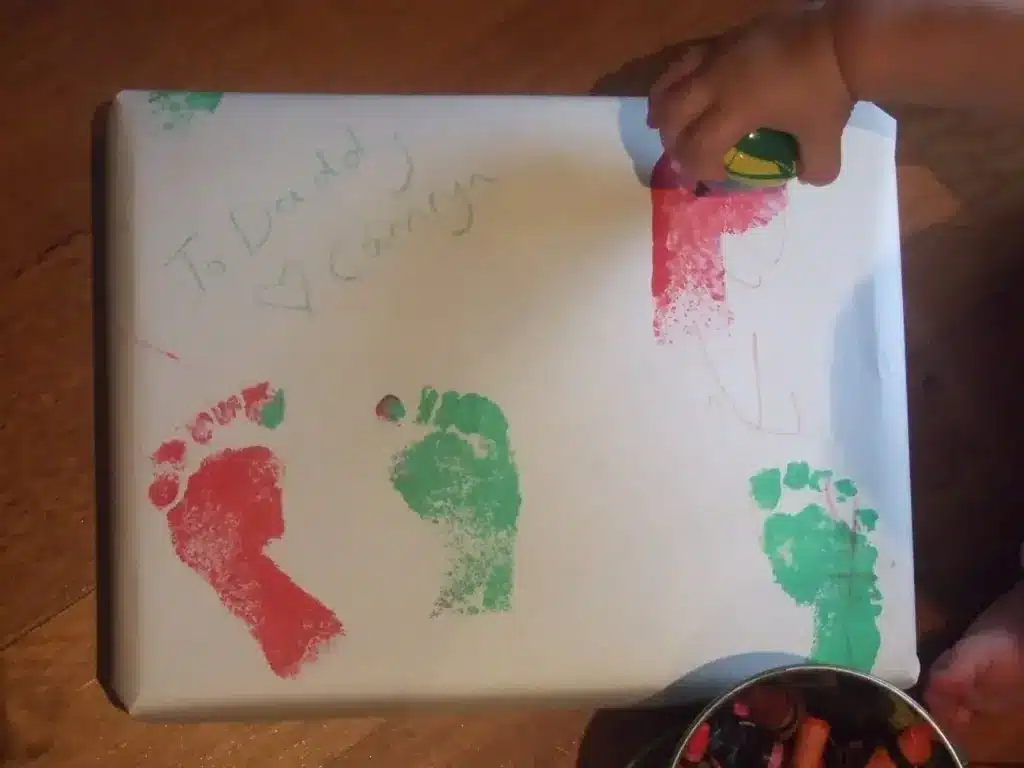
D) Personal wrapping paper:
1. Press your child’s hand or foot into the paint or onto a paint-covered sponge
2. Press their hand onto the paper, or ask your child to walk over the paper, leaving behind a print of their hand/foot
If you don’t think the wrapping paper is personal enough, your children can write personal messages on this paper with a pencil or crayon.
There are many other ways to decorate your wrapping paper. Do you have any more suggestions?
This activity is not endorsed by the book’s author or publisher


